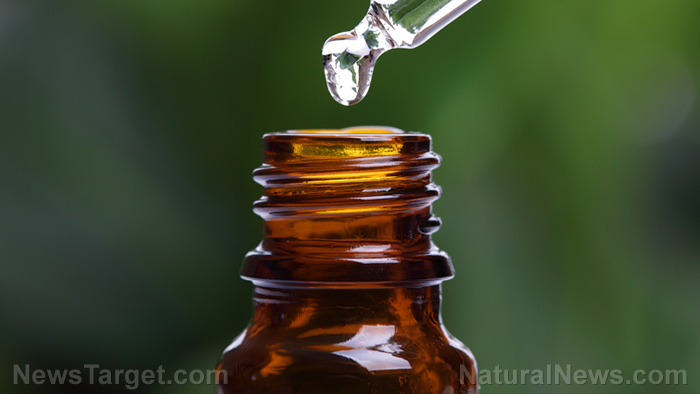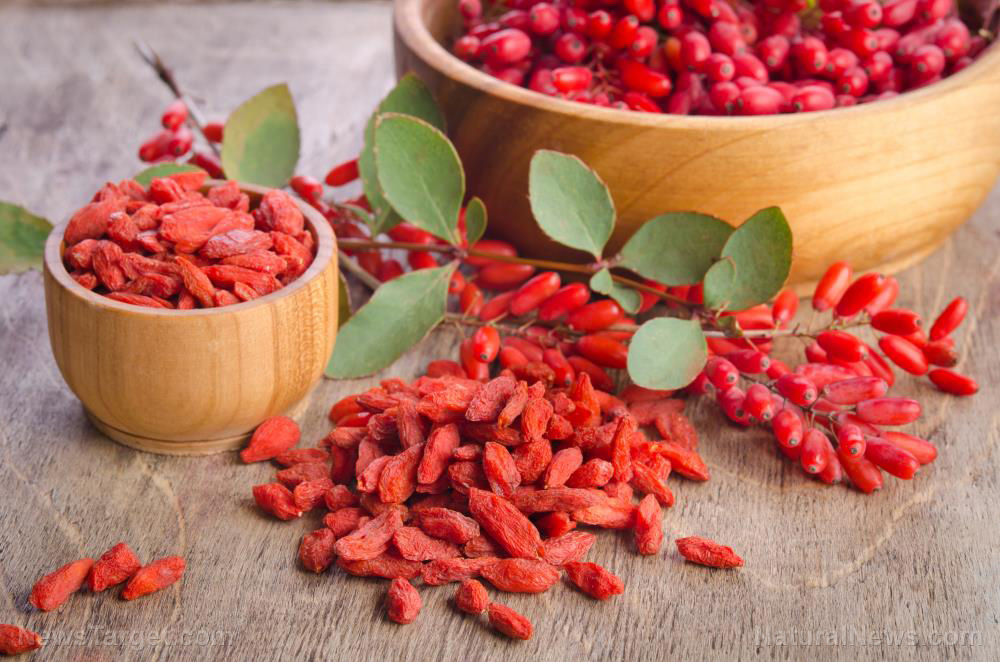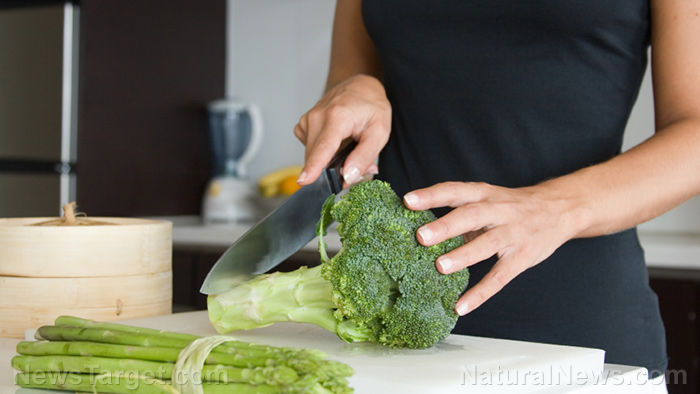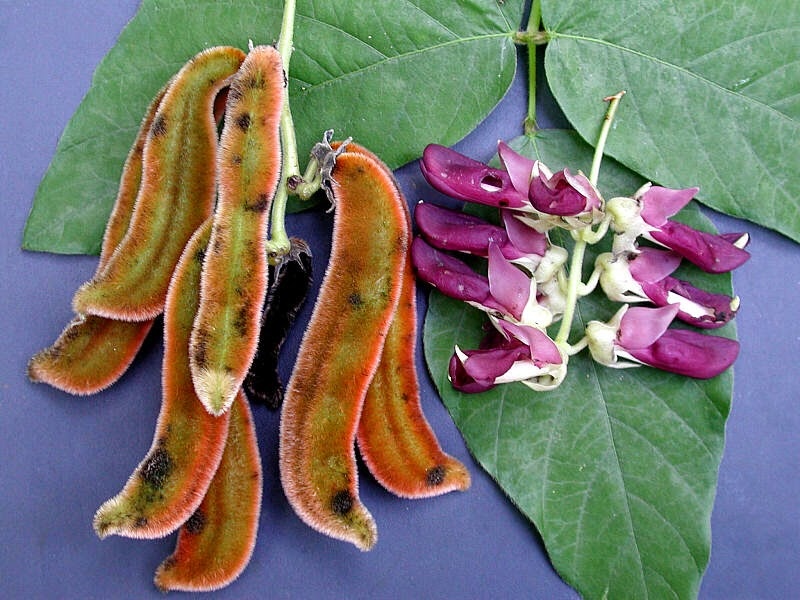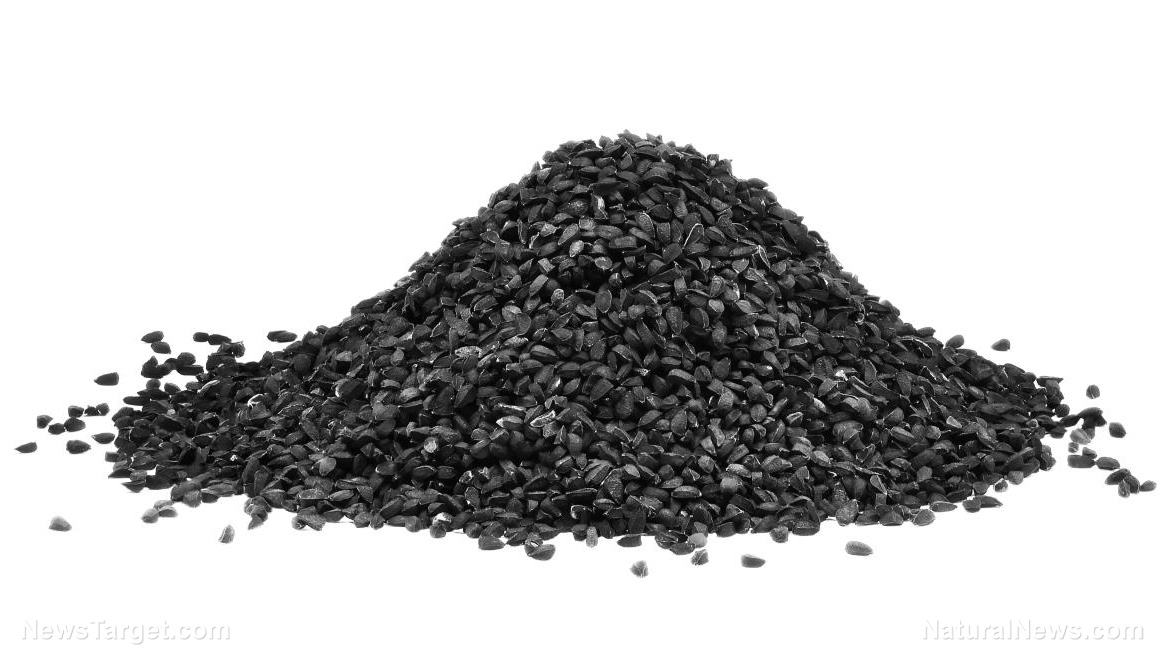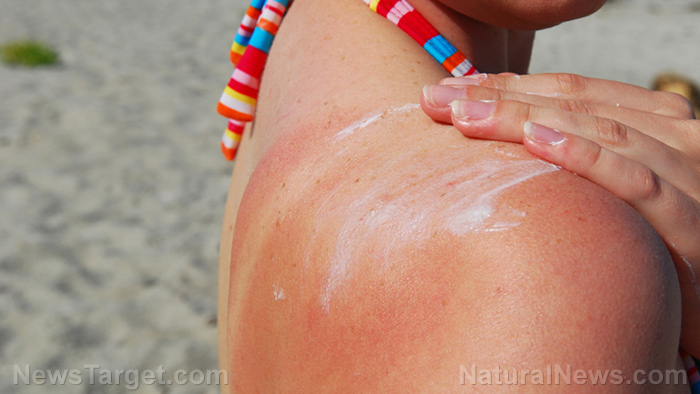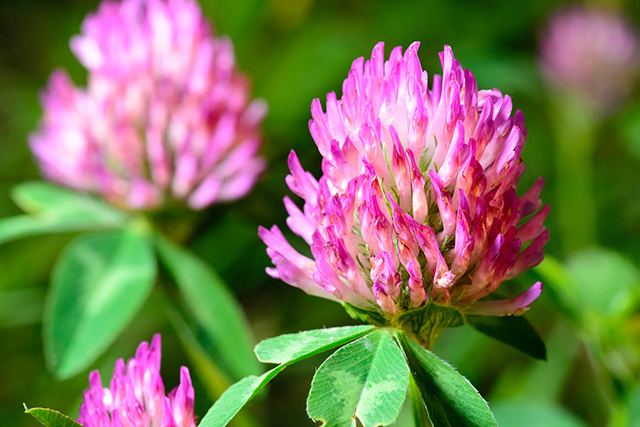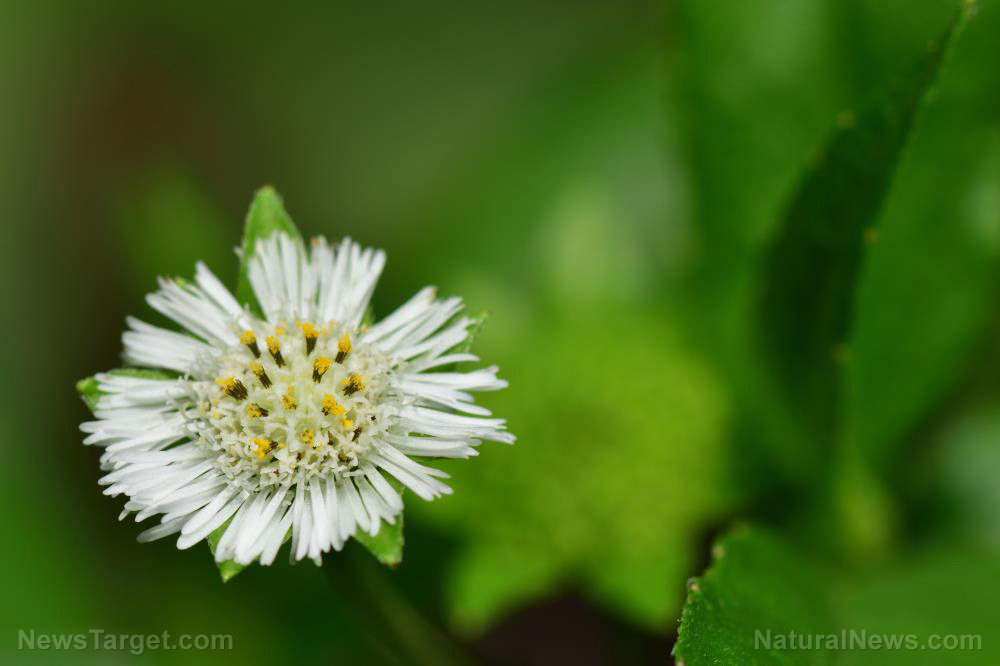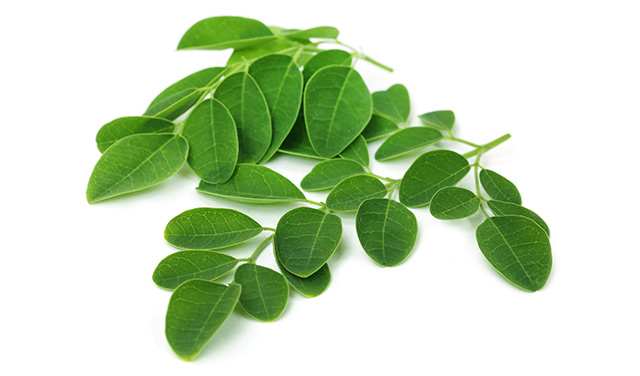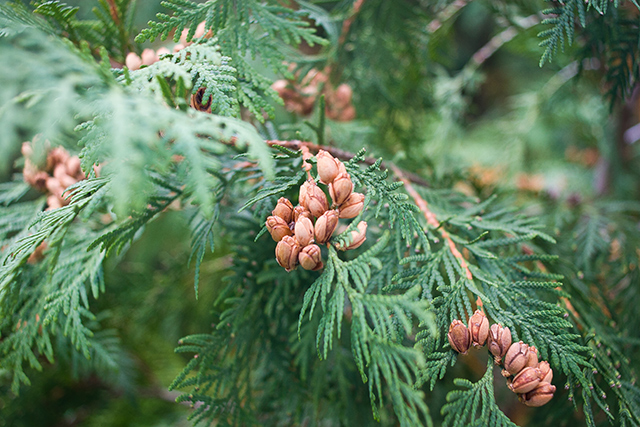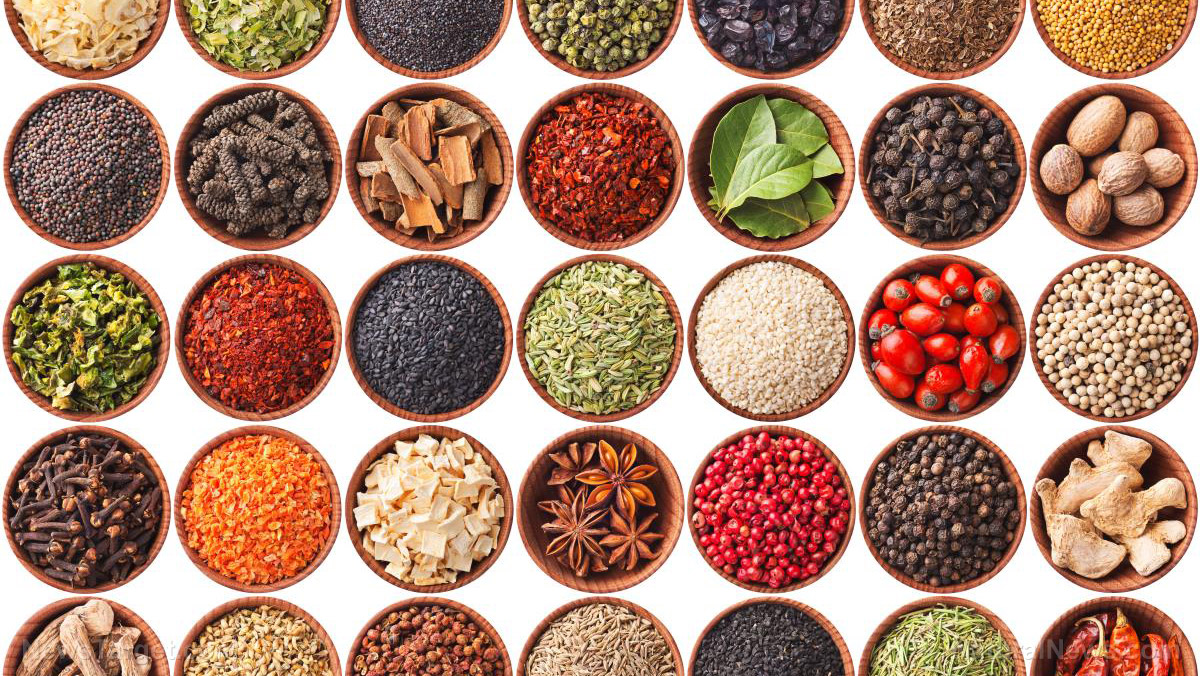Hesperidin, a flavonoid, can be used to reduce skin damage caused by constant sun exposure
08/03/2018 / By Ralph Flores
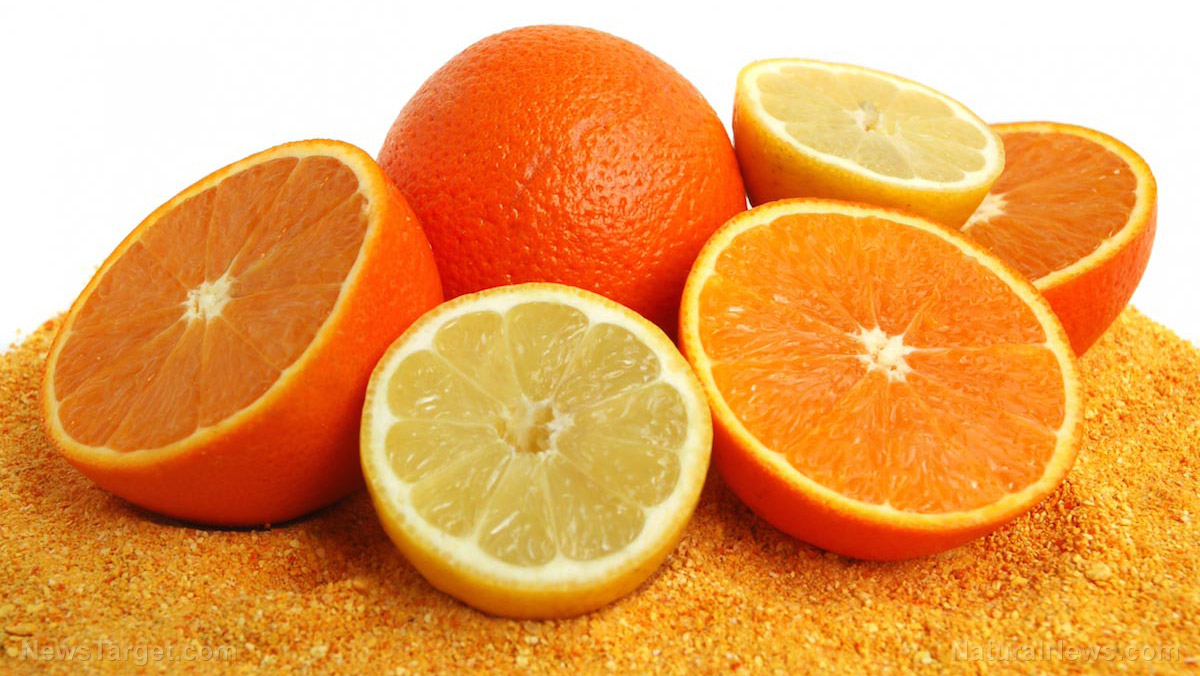
Citrus lovers, rejoice: New research has found that a flavonoid found in citrus can help prevent skin damage brought about by ultraviolet radiation. The study, published in BMC Complementary and Alternative Medicine, has found that hesperidin can protect against photoaging caused by ultraviolet B (UVB) radiation, and prevent wrinkles, skin thickening, and inflammation.
Ultraviolet (UV) radiation, for the most part, is part of the light spectrum that comes from the sun. Unlike visible light, however, UV has shorter wavelengths, making it invisible to the naked eye. There are three forms of UV radiation that the sun emits: UVA, UVB, and UVC. Of the three, UVA and UVB are able to reach the earth’s surface and affect the skin – resulting in premature skin aging (photoaging), eye damage (including cataracts), and even skin cancers. UVB radiation, in particular, is the primary cause of sunburn, skin darkening, and thickening of the outer layer of skin. Aside from the sun, a person can still be exposed to UVB radiation from special lamps or a laser used to treat skin conditions like psoriasis, vitiligo, and skin tumors of cutaneous T-cell lymphoma.
To note, earlier studies have already identified some health benefits brought by hesperidin. In one study, researchers have confirmed that it exhibited anti-cancer activity based on human carcinoma cell models, as well as anti-inflammatory properties. Other studies have also noted the flavonoid’s ability to shield human skin cells from UVB radiation-induced damage and cell death by way of its antioxidant properties.
For this study, researchers evaluated whether hesperidin can protect against UVB-induced photoaging using hairless mice models. The mice were randomly assigned into three groups: control, UVB-treated vehicle, and UVB-treated hesperidin. For the mice in the hesperidin group, an oral solution of water with 100 milligrams of the flavonoid per kilogram body weight (mg/kg) was given daily. During the experiments, the mice were irradiated at 48-hour intervals for 12 weeks, with the amount of irradiation gradually increasing every week. Researchers harvested dorsal skin samples afterward for further analysis.
Researchers found that the mice treated with hesperidin had improved UVB-induced damage, in particular, skin thickening and wrinkle formation. This means that the flavonoid also contained anti-photoaging activity against UVB irradiation. In terms of transepidermal water loss (TEWL), an important marker for skin damage, hesperidin effectively increased skin hydration and improved enzyme functions that were lost with TEWL. Hesperidin also down-regulated MMP-9 formation caused by UV irradiation, one of the primary reasons for skin degradation and photoaging. Similar trends were also observed in skin inflammation, a typical side-effect of UVB-radiation, with hesperidin effectively reducing pro-inflammatory biomarkers in the skin.
“Hesperidin inhibited the MMP-9 related signaling pathway activated by UVB irradiation. Furthermore, hesperidin prevented the UVB-induced skin thickening, wrinkle formation, and inflammation,” the researchers concluded. “It can be suggested that hesperidin could be a good candidate as a photoprotective agent for skin care.” (Related: Turmeric improves skin health, protects from UVB radiation damage and aging, concludes Japanese study.)
Other ways to protect from UV radiation
Aside from hesperidin, there are other ways that you can protect yourself from harmful UV radiation. However, this shouldn’t mean that you shun the sun completely – vitamin D, for instance, is synthesized by the body when it is exposed to sunlight.
Here are some things you can do to limit your exposure to UV radiation:
- Seek shade, especially between 10 a.m. to 4 p.m., when UV light is strongest.
- Wear dark-colored clothing that covers most of the skin to protect yourself while you’re out in the sun.
- Get a hat with at least a 2- to 3-inch brim to protect your face, which is often exposed to the sun.
- Invest in sunglasses that block UV rays.
- Avoid tanning beds and sun lamps.
- Take extra measures to protect your children from too much sun. In particular, babies younger than six months should be kept out of direct sunlight.
Learn more about other flavonoids at Phytonutrients.news.
Sources include:
Tagged Under: citrus fruits, flavonoids, food is medicine, food science, Hesperidin, natural cures, natural medicine, nutrients, Photoaging, remedies, research, skin health, sunlight, Ultraviolet B, UV radiation, UV rays


